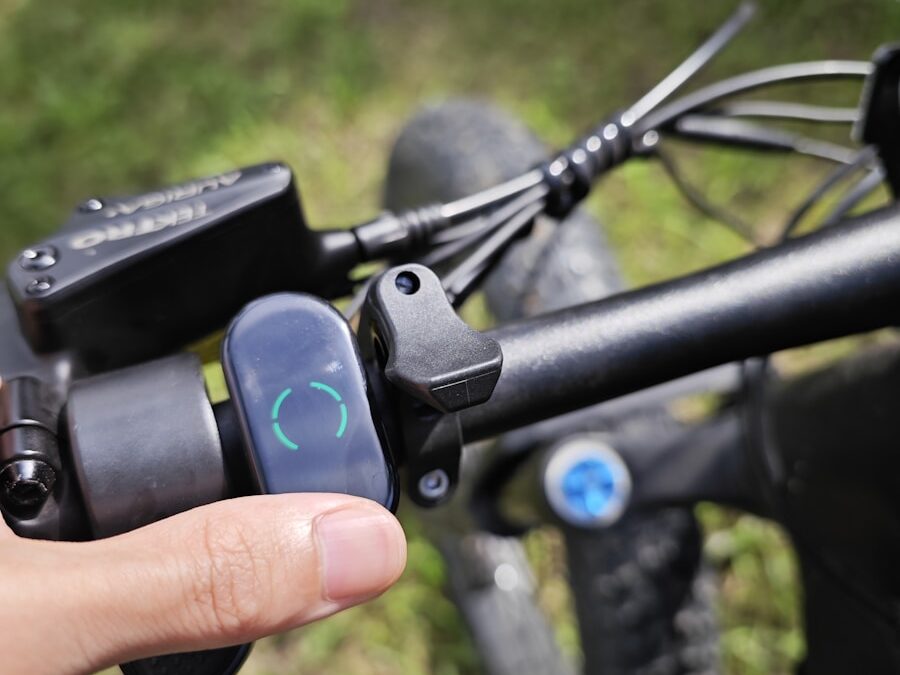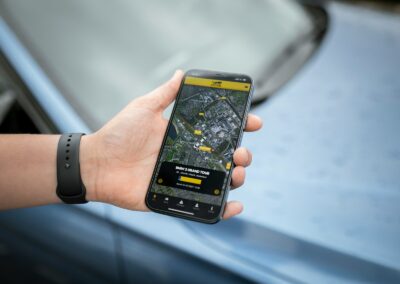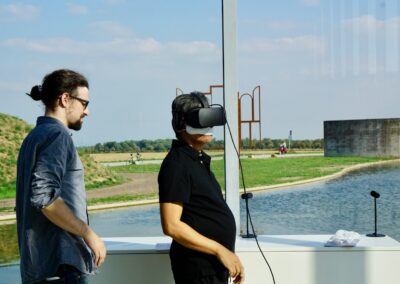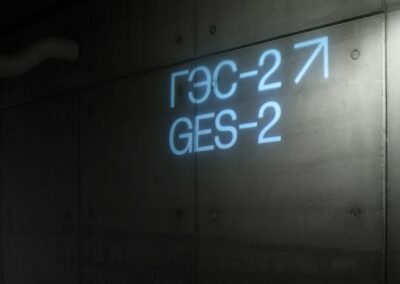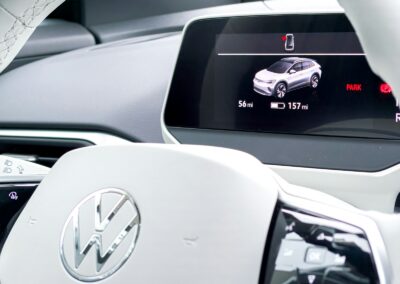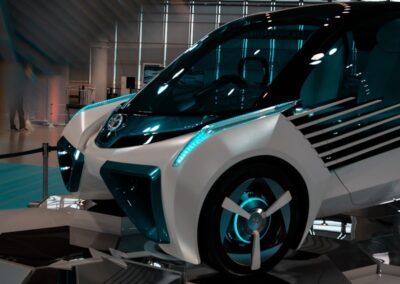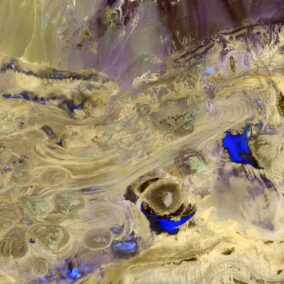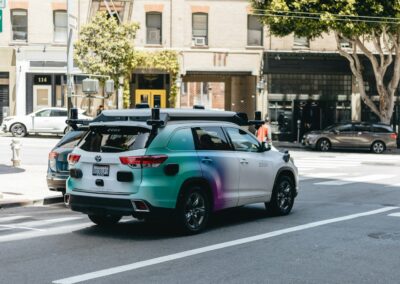Addressing Technical Hurdles in AR Navigation Development
Understanding the Technical Complexities
Augmented Reality (AR) navigation systems have the potential to revolutionize the way we navigate our environments by overlaying digital directions and information onto the real world. However, developing these systems comes with a set of significant technical challenges that must be addressed to ensure their reliability and accuracy. In advanced tech hubs like Riyadh and Dubai, where innovation is at the forefront, overcoming these challenges is crucial for the successful implementation of AR navigation solutions.
One of the primary technical challenges in AR navigation is the accurate positioning and alignment of digital information with the physical world. This requires precise location tracking, which is often complicated by the variability of GPS signals in different environments. For instance, in urban areas with high-rise buildings, GPS signals can be obstructed or reflected, leading to inaccuracies in positioning. To address this, developers are exploring the use of additional sensors, such as accelerometers, gyroscopes, and cameras, to enhance positional accuracy through sensor fusion techniques.
Another significant challenge is the need for real-time data processing. AR navigation systems must process and display information instantaneously to provide seamless user experiences. This requires powerful computing capabilities and efficient algorithms to handle large volumes of data quickly. Leveraging cloud computing and edge computing technologies can help distribute the processing load and improve the system’s responsiveness.
Ensuring Reliability in Diverse Conditions
Ensuring the reliability of AR navigation systems across diverse conditions is another critical challenge. Environmental factors such as lighting, weather, and physical obstacles can impact the performance of AR systems. For example, poor lighting conditions or heavy rain can interfere with the system’s ability to accurately detect and overlay digital information. In regions like Saudi Arabia and the UAE, where weather conditions can vary significantly, developing robust AR systems that can function reliably in all environments is essential.
To enhance reliability, developers are incorporating advanced machine learning algorithms that enable AR systems to adapt to changing conditions. These algorithms can learn from different environmental scenarios and improve the system’s performance over time. Additionally, using high-quality sensors and cameras that can operate effectively in low-light and adverse weather conditions can help maintain accuracy and reliability.
User interaction is also a key factor in the reliability of AR navigation systems. Ensuring that the system is intuitive and easy to use is vital for widespread adoption. This involves designing user interfaces that are clear and informative without being overwhelming. User testing and feedback are crucial in refining these interfaces to ensure they meet the needs and expectations of diverse users.
Future Directions and Innovations
Looking ahead, the future of AR navigation systems holds exciting possibilities. Advances in Artificial Intelligence (AI) and machine learning are expected to play a significant role in overcoming the current challenges and enhancing the capabilities of AR navigation. AI can provide more accurate and context-aware navigation by understanding and predicting user behavior and environmental conditions. For instance, AI algorithms can learn common routes and preferences, offering personalized navigation experiences.
Blockchain technology is another innovation that can contribute to the reliability and security of AR navigation systems. By using blockchain, developers can ensure the integrity and authenticity of the data used in AR systems. This is particularly important for applications that require secure and tamper-proof navigation data, such as in autonomous vehicles or critical infrastructure.
Collaboration between technology companies, governments, and academic institutions is also essential for driving innovation in AR navigation. In cities like Riyadh and Dubai, public-private partnerships can facilitate the development and deployment of advanced AR solutions. By working together, these entities can pool resources, share knowledge, and create standardized frameworks that support the growth of AR navigation technologies.
Strategic Approaches for Implementing Reliable AR Navigation Systems
Investing in Research and Development
To effectively address the challenges of developing AR navigation systems, significant investment in research and development (R&D) is crucial. This involves exploring new technologies, testing innovative solutions, and continuously improving existing systems. In tech-forward regions like Riyadh and Dubai, dedicated R&D efforts can drive the advancement of AR navigation technologies and ensure they meet the highest standards of reliability and accuracy.
Collaboration with academic institutions and research organizations can provide valuable insights and expertise in tackling complex technical challenges. By fostering a culture of innovation and experimentation, businesses and governments can accelerate the development of robust AR navigation solutions.
Building Scalable and Adaptable Solutions
Scalability and adaptability are key factors in the successful implementation of AR navigation systems. Solutions must be designed to scale across different environments and use cases, from urban navigation to indoor wayfinding. In Saudi Arabia and the UAE, where the landscape and infrastructure are diverse, developing scalable AR systems that can be adapted to various conditions is essential.
Implementing modular architectures and flexible software frameworks can help achieve scalability and adaptability. This approach allows developers to easily integrate new features, update existing ones, and customize solutions for specific applications. By building adaptable systems, businesses and governments can ensure that AR navigation technologies remain relevant and effective as they evolve.
Conclusion: Embracing Innovation for Reliable AR Navigation
The development of AR navigation systems presents a unique set of challenges, but with strategic approaches and technological innovations, these challenges can be overcome. By investing in research and development, ensuring reliability across diverse conditions, and building scalable solutions, businesses and governments in Saudi Arabia, the UAE, and beyond can harness the full potential of AR navigation technologies.
As AR navigation systems continue to evolve, embracing innovation and collaboration will be crucial for achieving success. By staying at the forefront of technological advancements and addressing current challenges, we can create reliable and accurate AR navigation solutions that enhance the way we navigate and interact with the world.
—
#ChallengesOfDevelopingARNavigationSystems #ARNavigationReliability #AugmentedRealityNavigation #ARTechInSaudiArabia #UAEARInnovation #RiyadhSmartTech #DubaiARSolutions #ModernTechnology #BusinessSuccess #LeadershipInTech #ProjectManagement

